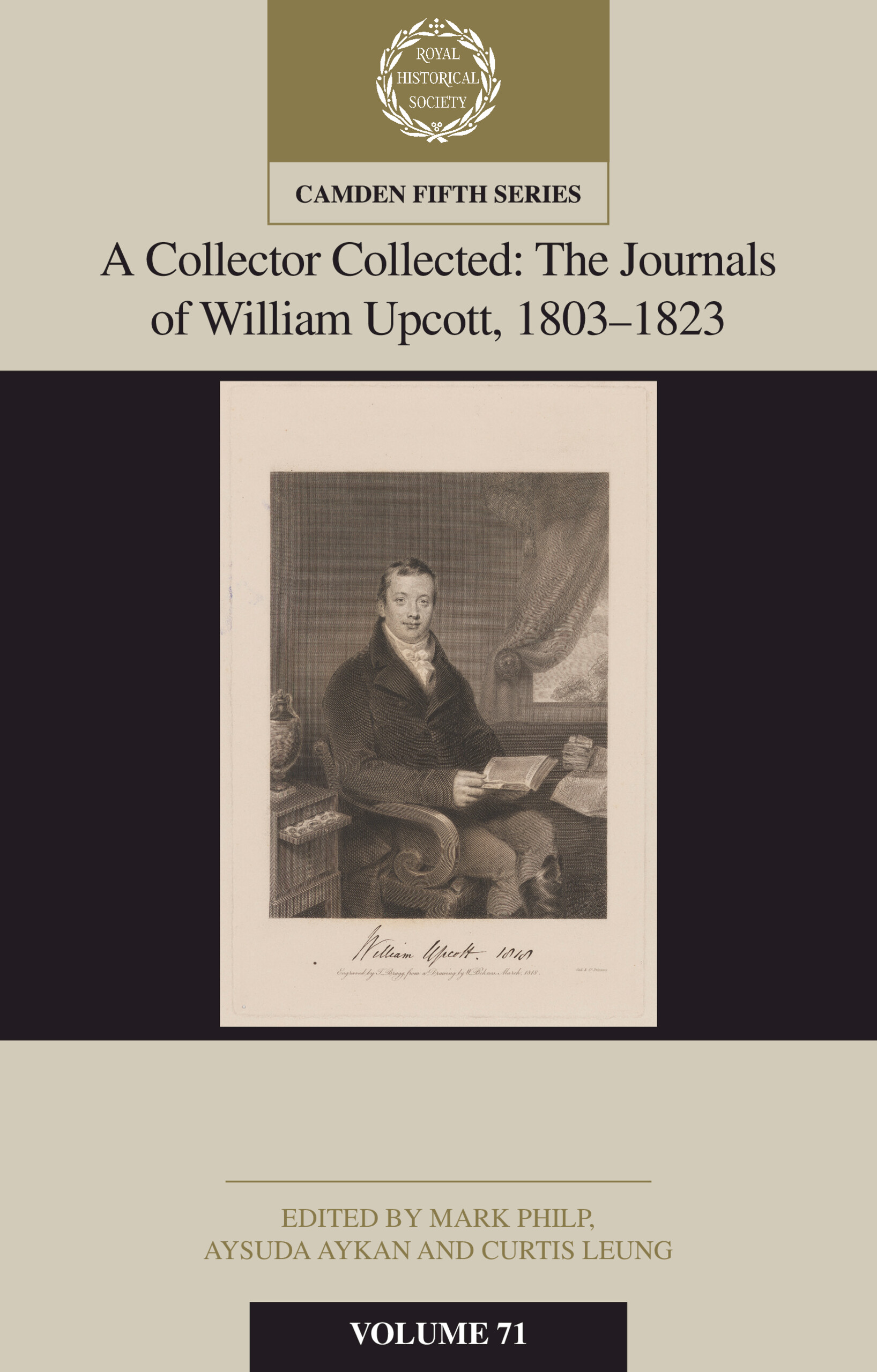No CrossRef data available.
Article contents
APPENDIX 1: LINGUISTIC NOTES
Published online by Cambridge University Press: 01 August 2025
Abstract
An abstract is not available for this content so a preview has been provided. Please use the Get access link above for information on how to access this content.
Information
- Type
- Appendices
- Information
- Royal Historical Society Camden Fifth Series , Volume 70: THE HOLOGRAPH LETTERS OF MARGARET TUDOR, QUEEN OF SCOTS (1489–1541) , September 2025 , pp. 293 - 296
- Copyright
- Copyright © The Royal Historical Society 2025. Published by Cambridge University Press
References
1 This linguistic introduction is by no means exhaustive of all of the features of the Scots language. For a more detailed introduction to the Scots language, readers should consult Smith, J., Older Scots: A Linguistic Reader (Edinburgh, 2012)Google Scholar.
2 See www.oed.com and https://dsl.ac.uk.
3 Taken from Smith, Older Scots, 48.
4 Ibid., 49–50.
5 Ibid., 49.
6 Ibid., 50.
7 Ibid.
8 Ibid.
9 Ibid.
10 Ibid., 45.
11 Ibid.
12 Ibid., 46.
13 Ibid.
14 Ibid.
15 Ibid.
16 Ibid., 48.
17 Ibid.
18 Williams, G., ‘Written like a “gwd” Scotswoman: Margaret Tudor's use of Scots’, Scottish Language, 35 (2016), 89–112, 93–94Google Scholar.

